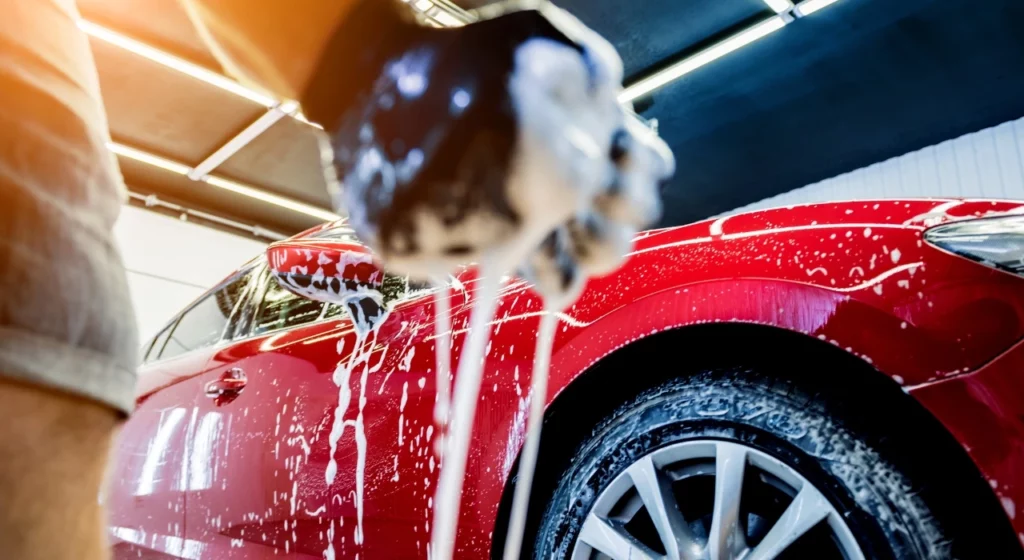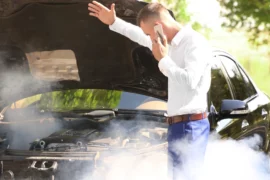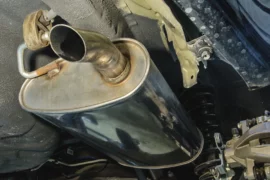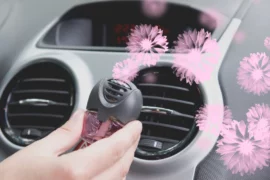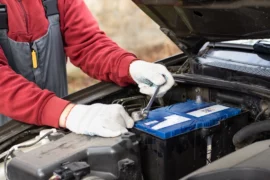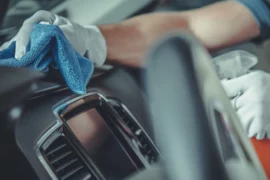Getting your car fixed is only the first step. The true test comes when you have to keep that new look without hurting the fragile surfaces. A lot of people who own cars make expensive blunders in the first few weeks following bodywork because they don’t know that new paint needs special care.
If you learn how to clean a car properly after bodywork, you can avoid having to do pricey touch-ups and keep that showroom sheen for years to come. This complete guide will show you how to do everything, from figuring out how long it takes to cure to learning the best ways to clean that will keep your investment safe.
How the Paint Curing Process Works?
It may look like the paint is dry and ready to go, but looks can be misleading. Car owners need to be patient throughout the curing process, which is quite important for getting results that last. During this time, the paint goes through chemical changes that let it stick better to the surface, which makes it last longer and less likely to get damaged.
Why You Should Wait Before You Clean?
Before you can wash it, new paint needs to dry for around two to three weeks. The paint is still soft and can be scratched, water-stained, or damaged by chemicals during this time. Cleaning too soon might trap moisture under the surface, which can cause bubbling, peeling, or cloudiness that damages the professional gloss. The curing step lets the solvents dry entirely and the paint harden correctly, which makes the barrier your car needs to stay safe.
Things You Need to Clean Safely
Having the appropriate equipment might mean the difference between a good cleaning session and harm. Using high-quality tools made for fragile surfaces can help you get professional results and protect your investment at the same time. The most important thing is to pick delicate products, but nevertheless, work to get rid of dirt without hurting new finishes.
Suggestion: Wondering What Red Fluid Under Your Car Means? Get The Answer Here
Choosing pH Neutral Products
Harsh detergents and regular home cleaning can damage new paint and remove protective coatings. pH-neutral vehicle wash soaps are made to clean well without damaging new surfaces. These treatments get rid of dirt and grime without being overly acidic or alkaline, which could produce chemical reactions that dull or harm the finish. Always search for things that say they are safe for new paint or finishes.
Cleaning Tools You Need
Buying good cleaning products will keep your new paint safe and make every wash work better.
- Microfiber towels that soak up water without leaving stains and dry gently
- Soft sponge mittens for getting into small spaces like trim and door handles
- Two buckets to keep dirt from getting into the clean wash water
- A garden hose with a nozzle that may be changed to manage the water pressure
- pH-balanced car wash shampoo made just for sensitive surfaces
- When it’s time to wax again, clean the applicator pads.
A Step-by-Step Guide to Cleaning
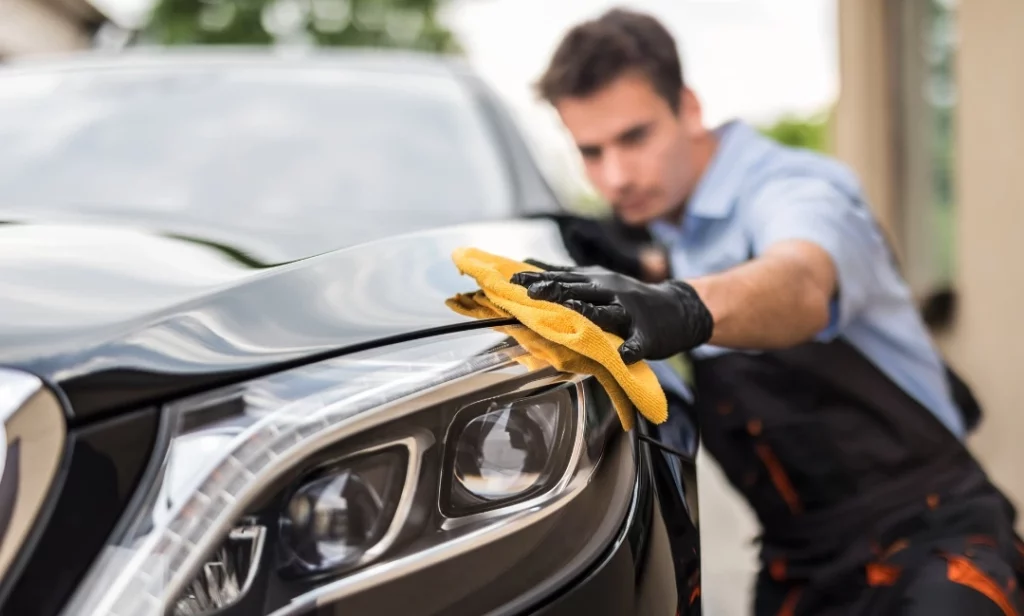
When working with freshly restored surfaces, it’s important to use the right method. This methodical approach makes sure that everything is cleaned well while lowering the chance of damage. Taking the time to carefully follow each step will keep your investment safe and maintain your professional look.
Related: Learn How To Wash Your Car Like A Pro Using Simple DIY Methods.
Inspecting the Repaired Area First
Before you start cleaning, make sure to look closely at the mended areas in excellent light. Check for any flaws, paint that isn’t even, or spots that might need extra care. To find any faults with the repair job, look at how light reflects off the surface. If you see something that worries you, don’t try to scrub over it; instead, call your body shop right away.
Proper Washing Technique
To get rid of loose dirt and debris, start by rinsing the whole car with lukewarm water at low pressure. Hot water can make new paint softer, and excessive pressure might hurt sensitive regions. Use two buckets: one with soapy water and the other with clean rinse water.
Instead of washing in circles, which can leave swirl marks, wash in straight lines from top to bottom. To keep dirt from getting back on the surface, wash your mitt or sponge often in the rinse bucket.
Drying Methods That Prevent Damage
When learning how to clean a car after body repair safely, drying it properly is just as crucial as washing it. Use clean microfiber towels and pat the surface instead of rubbing it, which can leave tiny scratches. Check door handles, mirrors, and trim pieces that aren’t easy to see, as well as other places where water can gather. Pay close attention to panel creases and mouldings where moisture likes to hide. If you don’t take care of these areas, they can get water spots.
Post Cleaning Care and Protection
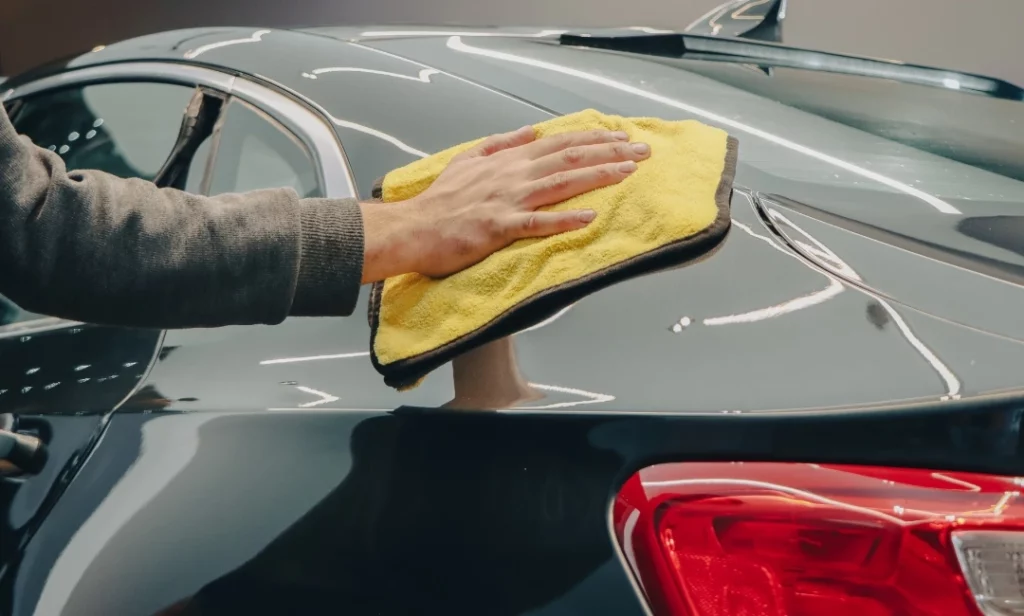
Don’t put wax or protective coatings on your car right away when it’s clean and dry. Before these items can work well, the paint needs time to thoroughly dry. Knowing when to use protective products helps keep the quality of your repairs high.
You May Also Like: Explore Budget-Friendly 3‑Row SUVs Priced Below 40K.
When to Apply Wax or Sealant?
Most professional body shops say you should wait 30 to 90 days before putting any wax or sealant on a surface that has just been painted. Putting on protection too soon will trap solvents under the coating, which can make the results unclear or uneven.
Talk to your body shop about the best products for your paint kind after the drying period is over. Use wax that is of excellent quality and not abrasive, and just use a little bit at a time with delicate buffing motions.
Suggestion: Want A Clean Car? Try These DIY Washing Secrets
Common Mistakes to Avoid
There are a few typical mistakes that can ruin new paint and destroy professional repairs. Never use a pressure washer on sections that have just been fixed, since the high water pressure might hurt fragile surfaces. Don’t park near trees where sap and bird droppings might taint or scratch the paint. Don’t give in to the need to use rapid detailing sprays or waterless wash solutions while the paint is drying, since they can slow down the process.
Conclusion
Taking good care of your car after body work will make sure that the repairs last and that you don’t lose money. If you follow these steps and wait for the curing process to finish, you may keep that professional look for a long time. When protecting freshly restored surfaces, remember that it’s always worth it to spend money on good materials and gentle approaches.
FAQ’s
How long should I wait to wash my car after getting body work done?
Give the paint enough time to cure before washing it for the first time. This should take at least two to three weeks. During this period, don’t touch water or cleaning chemicals at all.
Can I wash my automobile with an automatic car wash after it’s been fixed?
For at least three months after getting your automobile fixed, don’t use an automatic car wash. The brushes and strong chemicals might hurt the new paint and protective coats.
What should I do if I see watermarks on the paint?
Use a moist microfiber towel to gently wipe away water marks right away. If the spots don’t go away, ask your body shop for professional assistance on how to get rid of them safely.
Is it okay to park outdoors while the paint is drying?
It’s usually okay to park outside, but to protect the paint while it’s drying, try to avoid direct sunlight during peak hours and look for covered parking when you can.
How often should I wash my automobile after the first healing period?
To keep the finish on your automobile and keep dirt from building up and causing damage, wash it every two weeks by hand with gentle techniques.

